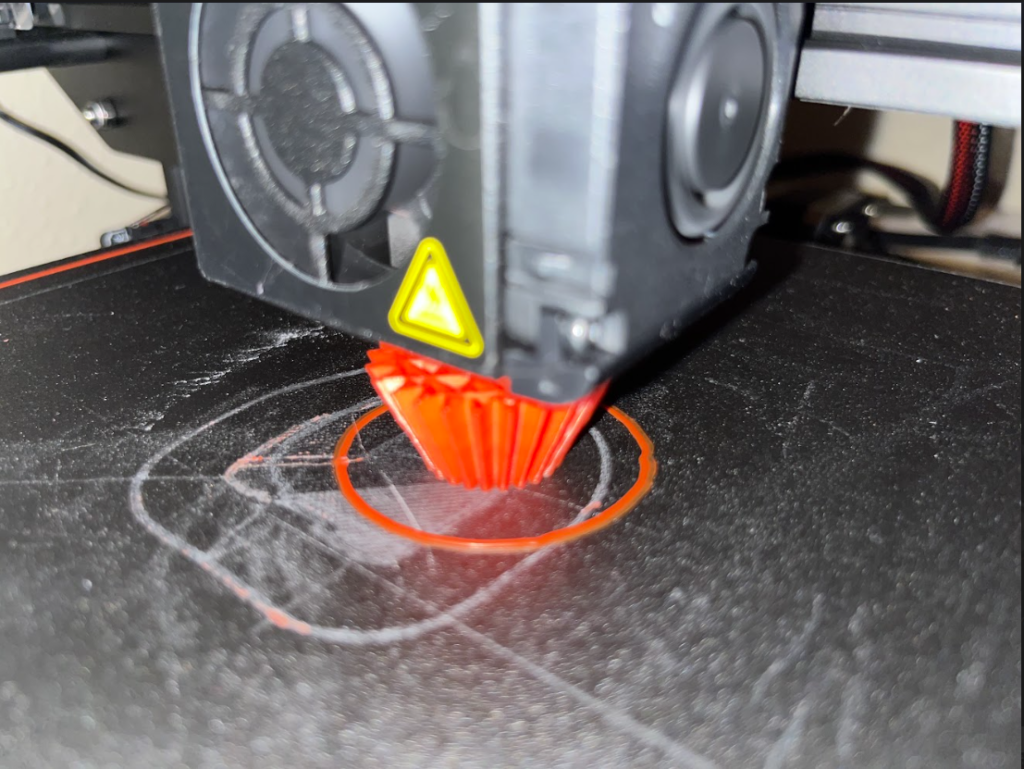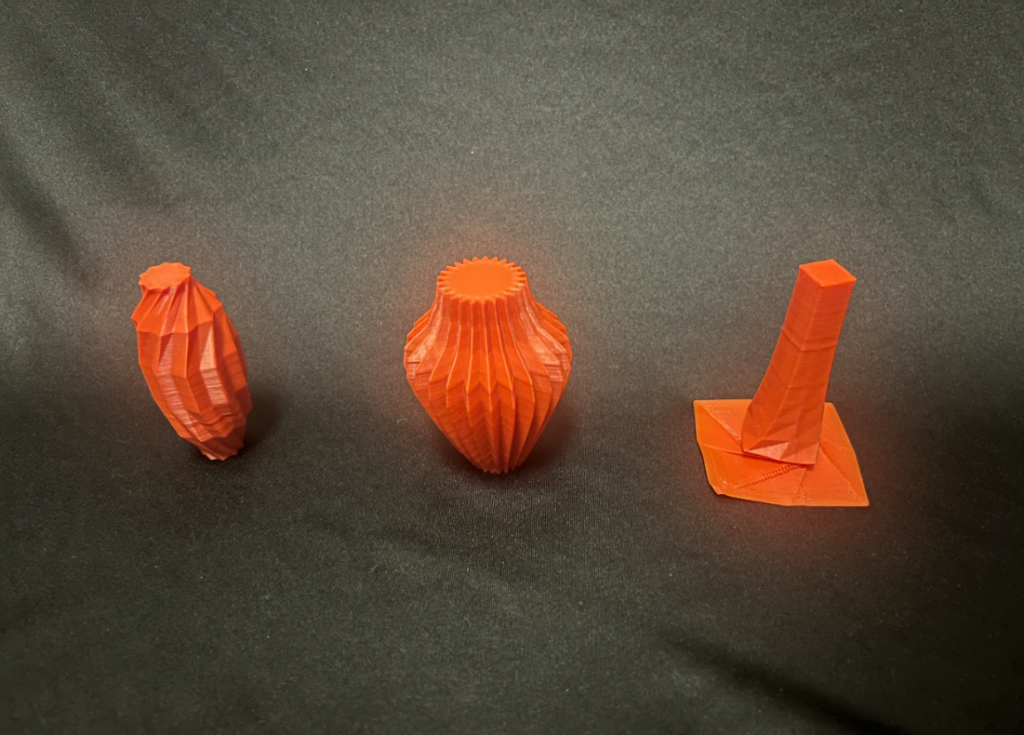Using grasshopper, I started with parameters of the design and connecting lines to each box in the interface of grasshopper I was able to change the polygon shape, rotations in the form, and the various widths among the four points that I was able to change in the graph. For my three vertical parametric designs the form of the prints were not random but the organic details is what I made random throughout. One concept for my design was Frank Lloyd Wrights, “Johnson Research Tower and Administration Building” in this building it is a introduction to vertical landscape design which he integrated tree-like supports that serve as structure and aesthetics. For my other concept of my design(s) was indigenous artifacts with organic aesthetics to them, chosen artifacts were a musical drum and pottery.






Parametric design process allows for a level of precision and flexibility that traditional methods can’t easily achieve. By defining parameters like shape, rotation, and width, I was able to generate complex forms and adjust them quickly, something that would be tedious in a hand design process. Allowing real-time exploration and iteration, making it easier to experiment with different formulas. While it requires some technical knowledge of programming, my approach was random with my knowledge of Rhino commands it was similar in Grasshoppers complex interface. Overall, parametric design offers an efficient and innovative way that we are seeing being implemented in major buildings and its own style of architecture.
My experiment with Grasshopper was mainly parameters since transitioning from Rhino commands to Grasshopper in a week it was something I was comfortable with. Having to work between multiple programs in this timeline my approach was not completely random of generating a shape I had to consider dimensions, a parametric design, and if my printer can achieve these prints. My authorship does not seem different from traditional design processes because I took the process and failures of previous assignments which led me to my concepts of architecture and traditional artifacts used in variety of cultures. I could have considered just making any shapes and completing the assignment, but it would have been reckless of me and time consuming working with tedious prints.
Hi Jyrus, I thought your inspiration for this project was really cool. Personally, I didn’t have an inspiration I just messed around with the coding process until I found vessels that I liked. I liked your point about the flexibility of parametric design. I had similar thoughts but you put it very concisely. I think having parametric design as an option is very useful for design purposes.
Thank you, I enjoyed this assignment on the flexibility of designing an organic vessel or solid shape, there was no limit. Using the coding process was tricky in the beginning but finding commands in grasshopper will be helpful in the future just like using Rhino.
Hey Jyrus, cool prints! I like your inspiration for the prints a lot, I haven’t seen that particular work of FLW so thanks for sharing. For the vessel inspired by that piece, does it stand up on the smaller square side?
Thank you for appreciating my prints, that vessel does stand up on the smaller square side but seeing those small rotation details at the base was not exposed when photos were taken. Another factor would also have to be an issue with printing a file with a thin base of filament causing warping which led to an unbalanced print.
I really enjoyed looking at your vessels and reading about your methodology for this project. I did a similar thing to you and I was changing the parameters a lot for my vessels in order to find something that I was happy with appearance wise. I really liked that you took inspiration from Frank Lloyd Wright as he is one of my favorite architects. I think the building that you chose is a great example of some of his best work. Thank you for sharing your design process as well as your final prints with us. I am looking forward to seeing the work that you will produce in the future!
Appreciate that you know the building I based my concept off, not too many people are familiar with that project of his since it was fairly new type of architecture introduced in skyscrapers. I am also looking forward to work produced from a modeling software come to life with our 3D printers and the challenges using grasshopper.
Your inspiration for your project is really cool! Taking ideas from architecture is a great idea to get some cool and structurally sound models for this class. I also spent a lot of time playing around with my parameters until I got a design I was happy with both in appearance and ease of printing. Great project!
Thank you, using the parameters was not too much of stress on me after figuring out my concept by using Frank Lloyd Wrights tree-like structures, the process of knowing the software and finding a concept is my process making it a little less stressful.